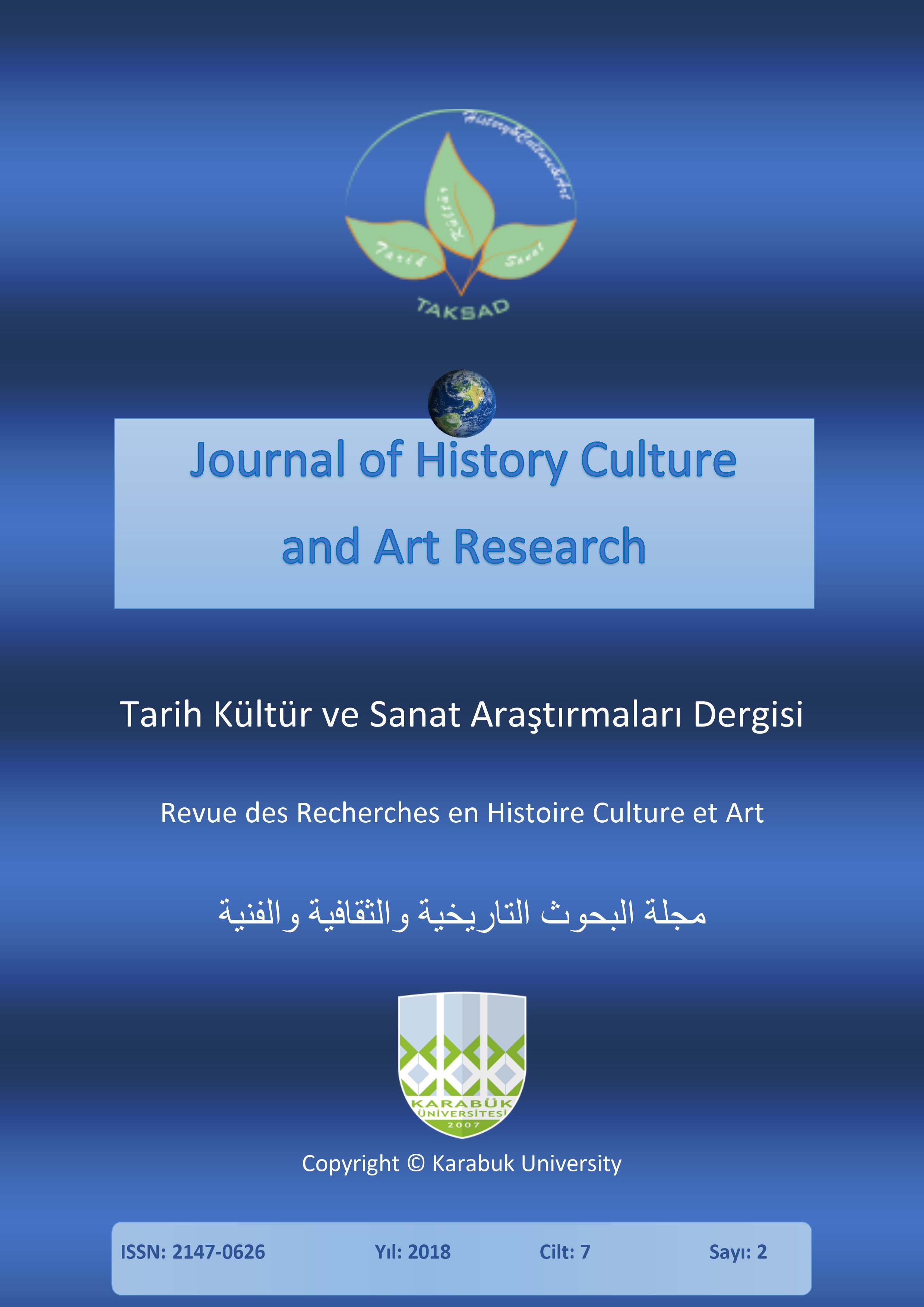Metaphor as a Means of Representation and Modeling of Concept “Failure” Verbalized By English Idioms
DOI:
https://doi.org/10.7596/taksad.v7i2.1594Keywords:
Cognitive phraseology, Concept, conceptual metaphor, Metaphorical model, Idiom, Image basis of idioms, Contextual functioning.Abstract
The article deals with the peculiarities of phraseological representation of the concept “failure” in the English language. Special emphasis is placed on the semantic features of the idioms and the image basis in their semantic structure. Special attention is given to a prototype and metaphor, representing different spheres of human life. In this paper, the functioning of idioms in discourse is also under study. In the course of study we found out that the basis of the images of numerous idioms representing concept “failure” is formed by such metaphors as animalistic, ornithological, spatial, color, gastronomic, temperature, numerical, machine, and military.
References
Anglo-russkiyi slovar ustoichivyh slovosochetaniyi [Collins COBUILD Dictionary of Idioms] (2004). Moscow: Astrel. (With Russian interpretation).
Baranov, А. N. (2004). Predislovie redaktora. Kognitivnaya teoriya metafory: pochti dvadtsat pyat let spustya. In J. Lakoff (ed.) Metaphors we live by (pp.7-21). Мoscow. (in Russian).
Budaev, E. V. (2007). Stanovlenie kognitivnoi teoriyi metafory // Lingvokulturologiya / Ural. gos. ped. univer. – Ekaterinburg. – Vyp. 1. – pp: 19-35. (In Russian).
Cronin, A. J. (1956). A Thing of Beauty. Boston: Little & Brown.
Dickens, C. (1987). Hard Times. London: Methuen. URL: http://www.giwis.org/Dickens_Charles/Hard_Times/info=d01239=book_04995.html.
Dreiser, T. (2008). The Financier. New York: Penguin Books. URL: http://www.gutenberg.org/files/1840/1840-h/1840-h.htm. Accessed on 25.02.2016
Jaynes, J. (1976). The origin of consciousness in the breakdown of the bicameral mind. Boston: Houghton Mifflin.
Karaulov, Y. N. (1976). Obstschaya i russkaya ideografiya. AN SSSR, Institut yazykoznaniya. Мoscow: Nauka. (in Russian).
Kunin, А. V. (2005). Bolshoi anglo-russkiyi frazeologicheskiyi slovar: 20 000 frazeol. edinits. Moskva: Zhivoiyi yazyk. (in Russian).
Maugham, W. S. (2011). The razor's edge. London; New York: Thinking Inc. URL: http://e-libra.ru/read/329416-the-razors-edge.html. Accessed on 25.02.2016
Rahilina, Е. V. (1988). Kognitivnaya semantika: istoriya. Personaliyi. Ideiyi. Rezultaty. Semiotika i informatika / AN SSSR, VINITI, 36, 274-322. Мoscow (in Russian).
Searle, J. R. (1983). Intentionality: an essay in the philosophy of mind. New York: Cambridge University Press.
Snow, C. P. (1964). Corridors of Power. London: Macmillan.
Teliya, V. N. (1988). Metaforizatsia i ejo rol v sozdaniyi yazykovoiyi kartiny mira. Rol chelovecheskogo faktora v yazyke. Yazyk i kartina mira. AN SSSR, Institut yazykoznaniya (pp.173-203). Мoscow. (in Russian).
The British National Corpus: 100 million words, UK, 1980s-1993, 2014. Brigham Young University. Provo, UT. URL: http://corpus.byu.edu/bnc. Accessed on 25.02.2016
The British National Corpus: Oxford University Computing Services (2010). URL: http://www.natcorp.ox.ac.uk. Accessed on 25.02.2016
Downloads
Published
How to Cite
Issue
Section
License
All papers licensed under Creative Commons 4.0 CC-BY.- Share — copy and redistribute the material in any medium or format
- Adapt — remix, transform, and build upon the material for any purpose, even commercially.
Under the following terms:
Attribution — You must give appropriate credit, provide a link to the license, and indicate if changes were made. You may do so in any reasonable manner, but not in any way that suggests the licensor endorses you or your use.
- No additional restrictions — You may not apply legal terms or technological measures that legally restrict others from doing anything the license permits.







